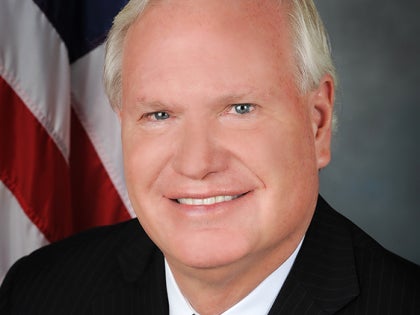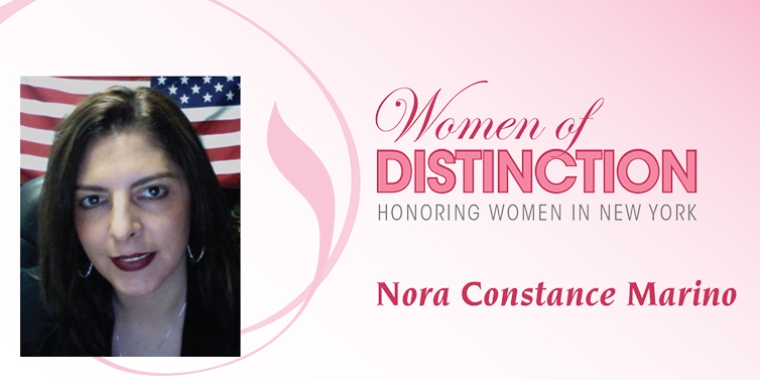
Senator Avella and Advocates React and Counter DEC Mute Swan Management Plan
November 29, 2017
New York, NY- Early in 2014, the New York State Department of Environmental Conservation (DEC) began a course to exterminate the mute swan population from the waters of New York State. Skeptical about the scientific basis for DEC’s program, the State Legislature passed a law at the end of 2016 imposing a two (2) year moratorium on DEC’s implementation of any mute swan control plan. The legislation was signed into law last November. Yesterday, Senator Avella and animal rights advocates stood on the steps of City Hall to react to the DEC's observance of the law or lack thereof.
Among other things, the law requires that the DEC cannot implement a mute swan control program unless it can:
• “fully document the scientific basis for future population projections”; and
• “fully document the scientific basis for current and projected environmental damage”.
On September 6, 2017, the DEC released the third draft of its proposed Mute Swan Management Plan. Anticipating correctly that the DEC would ignore the requisites of Senator Avella's bill, some opponents of DEC’s plan commissioned a report by Hudsonia, Ltd., a non-advocacy organization that has been conducting scientific research on ecological issues since 1981 (www.Hudsonia.org). Hudsonia was engaged to conduct an independent, objective analysis of the scientific research upon which DEC’s program relies, and to evaluate DEC’s conclusions drawn from those resources. Hudsonia’s report analyzed and evaluated all available science and research, through and including 2017 data. The Hudsonia report was funded by the Pegasus Foundation (Dr. John Grandy,http://www.pegasusfoundation.
Hudsonia is an institution with irrefutable credentials and advocates no position on DEC's plan. However, their scientific conclusion totally undermines the foundational reasoning on which DEC relies to exterminate New York’s mute swans. The Hudsonia report establishes that the scientific conclusions upon which DEC uses to justify its program, are seriously deficient. Many of the mute swan studies upon which the DEC program is based are variously incomplete, anecdotal and the result of flawed methodologies.
Hudsonia’s report begins, “Mute swan (Cygnus olor) management and proposed future management in North America have been controversial. Conservation controversies can benefit from an impartial and transparent evaluation of available scientific evidence, including its gaps and uncertainties. Conservation practice is often guided by myth rather than evidence, or by evidence drawn from flawed studies. This paper reviews what we know of mute swan ecology relative to its potential effects in northeastern North America, to assess the scientific underpinnings of proposed management goals and methods.”
And Hudsonia’s report ends by saying, “In conclusion, our analysis of the scientific literature on mute swan ecology and environmental impacts indicates that some of the negative impacts imputed to mute swans are unsubstantiated or anecdotal, whereas others may be of management concern. There are methodological problems, insufficient hard data, and a lack of distinction between short-lived and long-term impacts associated with some of the research that has been used to justify control programs.”
A copy of the full Hudsonia Report can be obtained at Pegasusfoundation.org or Avella.nysenate.gov
For the reasons cited in Hudsonia’s report, the DEC’s third draft plan fails completely to meet the mandate of the moratorium law.
Mute swans are splendid beautiful birds that have been in our State for more than 150 years and they are beloved by many. They must be allowed to live in their various suitable habitats throughout the State. It is time for the DEC to abandon its attempts to implement this unjustified program, and redirect its time, energy and resources to other environmental programs that are justified and genuinely protective of the environment.
Senator Avella, who sponsored the moratorium law, said, “Based on DEC’s actions it would appear that one of their top priorities is to eradicate New York State’s mute swan population and I don’t understand the obsession. From the very beginning, I thought that their plan lacked scientific evidence and was not well thought out, which is why I introduced legislation for a moratorium, public comment period, and a new plan that prioritized non-lethal management methods. However, according to this Hudsonia report, the DEC’s proposed Mute Swan Management Plan is not up to par with the standards set forth in my legislation and lacks true scientific evidence. I find the DEC’s handling of this process shameful and I thank all of the advocates for helping me fight on behalf of the mute swans of our state and the communities that cherish them.”
John Lyons, Esq., whose firm funded the report in part says, “The Hudsonia report shows that the emperor has no clothes. The report shows the existing body of scientific knowledge and data on the mute swan, and its impact on habitat and other species, is insufficient to support these draconian measures in this program.”
Dr. John Grandy, director of the Pegasus Foundation, Representative of Goosewatch NYC and the Pettus Crowe Foundation and also contributed to the report's funding, said, “The Pegasus Foundation and the Pettus Crowe Foundation are proud to have worked with Grant and Lyons to have commissioned this important analysis. The Hudsonia Mute Swan report is a breath of fresh air. After years of biased and unsubstantiated DEC reasoning, we now have objective science and an honest unbiased analysis that demonstrates that there is no scientific justification for a Statewide program to eliminate wild free-ranging mute swans. In our view, from a scientific perspective, the mute swan population density is so low that any problems can be handled with compassionate and humane wildlife management techniques.”
Wayne Thompson, Esq., a Poughkeepsie based attorney and part of the grassroots movement that has been pushing this forward since February 2014, adds that, "This report convincingly shows that DEC has failed to substantiate their plan with accurate scientific underpinnings. The third draft is merely a regurgitation of prior drafts and DEC ignored the directives of the legislation. It is unfortunate that private citizens must undertake such measures to protect the magnificent mute swan from the DEC.”
Edita Birnkrant, Executive Director of NYCLASS said, “NYCLASS strongly urges the DEC to honor the will of New Yorkers and the NY legislature, who both have made loud and clear their support for protecting the 2,000 mute swans in New York State. These beloved birds are a treasured part of the landscape of our parks and waterways, where residents have always flocked to observe them. It is high time we start respecting our wildlife.”
“The impact assessment regarding Mute Swans in North America provided by Grant & Lyon validates what international swan and wetland habitat specialists and The Regal Swan® Foundation have been stating for years. The ‘junk science’ offered by U.S. wildlife officials is either non-existent, shoddy or misquoted.” said Sheila A. Bolin, CEO, The Regal Swan® Foundation, Inc.
“The League of Humane Voters of NY proudly stands with Senator Avella and other humane legislators who have worked for years to stop the crippling and killing of the magnificent and beloved mute swan. The conclusion of the Final Hudsonia Report confirms that during the time of the moratorium on the killing of mute swans, the NYS DEC has been long on reasons for killing mute swans, but short on science,” said Anne Muller, League of Humane Voters.


